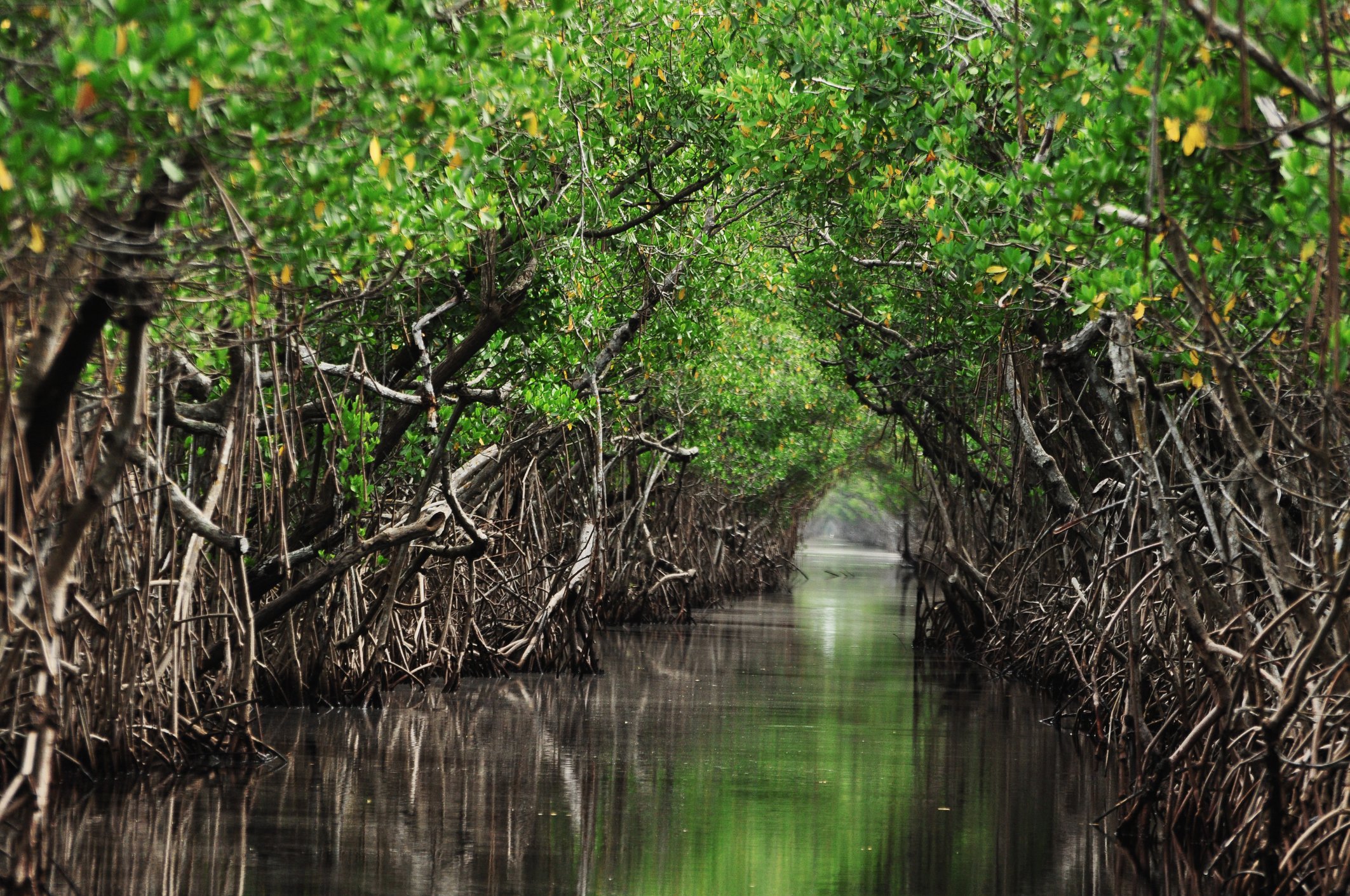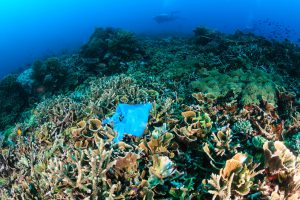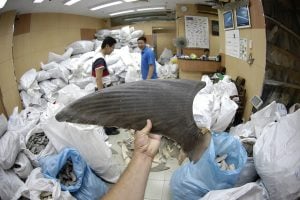The Nature Conservancy (TNC) has unveiled what it says is a pioneering US$1.6 billion scheme to scale up global ocean conservation efforts through “blue bonds”.
The bonds will refinance and restructure debt for coastal and island countries in exchange for a commitment to protect at least 30% of their near-shore ocean areas, including coral reefs, mangroves and other important habitats.
The scheme would help ensure the protection of an additional four million square kilometres of the world’s most biodiverse ocean habitat – a 15% increase on current coverage. It also aims to save 13% of the world’s coral reefs and could benefit 43 million people living within 100 kilometres of a coastline.
The international not-for-profit group’s Blue Bonds for Conservation Initiative, announced on Wednesday at a TED talk in Vancouver, Canada, aims to deliver blue bonds in up to 20 countries over the next five years, though it cannot yet reveal the participating nations.
There’s still time to reverse decades of damage to the world’s oceans
Blue bonds are financial instruments used to raise money from capital market investors for projects that support the sustainable use of ocean resources. They are seen as an innovative and promising tool to fund ocean conservation.
Under the scheme, TNC will restructure a portion of the nation’s sovereign debt with lower interest rates and longer repayment periods, and provide ongoing conservation work such as improving fisheries management and reducing pollution.
Scientists will draw up a marine spatial plan involving local communities, fisheries groups, tourism businesses and government. A fully independent trust fund will also be set up to pay for the newly protected areas and other conservation actions using savings from the debt restructuring and philanthropic dollars.
“There’s still time to reverse decades of damage to the world’s oceans before we hit the point of no return,” said Mark Tercek, TNC’s CEO. “It’s going to take something audacious to tackle marine protection at this scale, which means thinking beyond more traditional approaches to ocean conservation.”
Currently it is estimated that just over 7% of the world’s oceans are formally protected. The United Nations aims to protect at least 10% of coastal and marine areas by 2020, but scientists say more is needed to safeguard wildlife and help mitigate the impacts of climate change. Last week Greenpeace launched a major campaign calling for a planet-wide network of ocean sanctuaries that would represent 30% protection by 2030. Negotiations for a global UN treaty to protect the high seas are underway and due to conclude next year.

The world’s oceans are under unprecedented threat from overfishing, pollution and climate-related impacts such as acidification. As well as saving marine species, conservation efforts are focused on protecting key habitats such as mangrove and coral reefs. These are critical to mitigating climate change, but they also represent crucial economic resources and protection for coastal communities from storms and rising sea levels.
Tercek cited the example of Cabo Pulmo in Mexico, which 10 years after establishing a marine protected area reversed the impact of decades of overfishing and increased fish stocks fourfold. But these efforts are rare because too often island and coastal nations can’t afford to pay for conservation, he said.
The scheme has already been tested in the Seychelles, and the country is now set to expand its marine protection to nearly 400,000 square kilometres of ocean habitat by 2020.
TNC’s plan was selected from more than 1,500 applicants to the Audacious Project, a TED initiative that funds “collaborative philanthropy for bold ideas”. It has already secured more than US$23 million of the US$40 million of donor funding required to kickstart the scheme, and hopes to eventually unlock a sustainable revenue stream of US$1.6 billion.
Once the blue bonds are launched, TNC will aim to secure US$200 million in grant funding and private investment to purchase countries’ debt at a discount. This debt is then refinanced in exchange for countries’ conservation commitments after commercial lenders have been repaid.
“This in effect leads to the release of a total of US$1.6 billion for investment in ocean conservation, not least through savings created by lower interest rates on the restructured debt,” said a TNC spokesman. “The end result is protection of our oceans on a massive scale.”
TNC estimates the scheme could be developed in up to 100 countries. “This is the philanthropic opportunity of a lifetime,” said Tercek. “Every dollar we raise will result in 40 times the impact. It’s hard to find better leverage than that.”
The concept of blue bonds comes from green bonds, which have raised more than US$500 billion to support climate projects since they were developed by the World Bank in 2008. The idea is to help investors address environmental, social or governance risks that would affect returns.
The first ever blue bond was issued last October by the Seychelles, which raised US$15 million from private investors. Storebrand, the Norwegian financial group, recently invested in a blue bond to reduce pollution and protect marine life in the Baltic Sea.









